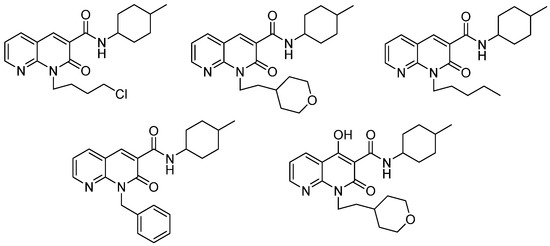
“Tau is a neuronal protein that confers stability to microtubules; however, its hyperphosphorylation and accumulation can lead to an impairment of protein degradation pathways, such as autophagy. Autophagy is a lysosomal catabolic process responsible for degrading cytosolic components, being essential for cellular homeostasis and survival.
In this context, autophagy modulation has been postulated as a possible therapeutic target for the treatment of neurodegenerative diseases.
Studies point to the modulatory and neuroprotective role of the cannabinoid system in neurodegenerative models and here it was investigated the effects of cannabidiol (CBD) on autophagy in a human neuroblastoma strain (SH-SY5Y) that overexpresses the EGFP-Tau WT (Wild Type) protein in an inducible Tet-On system way.
The results demonstrated that CBD (100 nM and 10 µM) decreased the expression of AT8 and total tau proteins, activating autophagy, evidenced by increased expression of light chain 3-II (LC3-II) protein and formation of autophagosomes.
Furthermore, the cannabinoid compounds CBD, ACEA (CB1 agonist) and GW-405,833 (CB2 agonist) decreased the fluorescence intensity of EGFP-Tau WT; and when chloroquine, an autophagic blocker, was used, there was a reversal in the fluorescence intensity of EGFP-Tau WT with CBD (1 and 10 µM) and GW-405,833 (2 µM), demonstrating the possible participation of autophagy in these groups.
Thus, it was possible to conclude that CBD induced autophagy in EGFP-Tau WT cells which increased tau degradation, showing its possible neuroprotective role. Hence, this study may contribute to a better understanding of how cannabinoids can modulate autophagy and present a potential therapeutic target in a neurodegeneration model.”
https://pubmed.ncbi.nlm.nih.gov/39900844/
“CBD induces autophagy promoting tau clearance in an in vitro model of tauopathy. Moreover, CBD, ACEA and GW-405,833 decreased tau expression, which was reversed by chloroquine indicating that autophagy participates in tau clearance.
Our results support the relevance of cannabinoid compounds in the autophagic process involved in the degradation of accumulated tau, which has been associated with several neuropathies. Therefore, autophagy is a potential therapeutic target of cannabinoids in neurodegenerative diseases.”
https://link.springer.com/article/10.1007/s12640-025-00729-3










 “The protective effect of
“The protective effect of